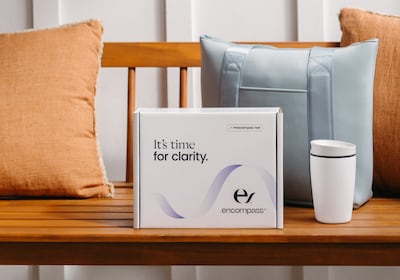by Mary Thompson and Kristina Rebelo
As the use of breast conserving lumpectomy expands as a treatment for early-stage breast cancer, so has interest surged in alternatives to whole breast irradiation (WBI), used following breast conserving surgery to reduce the risk of cancer recurrence. Lumpectomy followed by WBI has proven to be just as effective (in terms of cancer recurrence rates) as mastectomy for patients with cancer localized to the breast, and a growing number of patients with early-stage breast cancer are now being offered this treatment option. But follow-on radiation treatment is crucial to the success of this therapy—recurrence rates after lumpectomy are significantly higher when patients do not receive follow-up radiation therapy (39.2% vs 14
Read the full article – start your free trial today!
Join thousands of industry professionals who rely on Medtech Insight for daily insights
- Start your 7-day free trial
- Explore trusted news, analysis, and insights
- Access comprehensive global coverage
- Enjoy instant access – no credit card required
Already a subscriber?







